TheTacticians Handbookby
Viktor CharushinRevised and Expanded
by
Karsten MllerForeword by
Judit Polgar 2016
2016
Russell Enterprises, Inc.
Milford, CT USA The Tacticians Handbook
by Viktor Charushin
Revised and Expanded by Karsten Mller ISBN: 978-1-941270-34-9 (print)
ISBN: 978-1-941270-35-6 (print) Copyright 2016
Karsten Mller All Rights Reserved No part of this book may be used, reproduced, stored in a retrieval system or transmitted in any manner or form whatsoever or by any means, electronic, electrostatic, magnetic tape, photocopying, recording or otherwise, without the express written permission from the publisher except in the case of brief quotations embodied in critical articles or reviews. Published by:
Russell Enterprises, Inc.
P.O. Box 3131
Milford, CT 06460 USA http://www.russell-enterprises.com
Cover design by Janel Norris
Editing and proofreading by Peter Kurzdorfer Printed in the United States of America  Table of ContentsPreface After I had finished work on the new edition of Rudolf Spielmanns classic The Art of Sacrifice, publisher Russell Enterprises approached me with the idea of publishing a new edition of Charushins seven books on tactics. At first I was a bit skeptical, as I was not familiar Victor Charushin, but after briefly reviewing his seven-volume series released under the general heading of The Tacticians Handbook, it became clear to me that these were interesting and worthwhile books on tactics. With the Spielmann book, while converting the English descriptive notation to algebraic, we also preserved the original content. My additions and comments to that content were presented in blue and appeared in the text.
Table of ContentsPreface After I had finished work on the new edition of Rudolf Spielmanns classic The Art of Sacrifice, publisher Russell Enterprises approached me with the idea of publishing a new edition of Charushins seven books on tactics. At first I was a bit skeptical, as I was not familiar Victor Charushin, but after briefly reviewing his seven-volume series released under the general heading of The Tacticians Handbook, it became clear to me that these were interesting and worthwhile books on tactics. With the Spielmann book, while converting the English descriptive notation to algebraic, we also preserved the original content. My additions and comments to that content were presented in blue and appeared in the text.
New material, guided by Spielmanns Epilogue, nearly doubled the size of the book and was presented in its own separate section. However, with The Tacticians Handbook, a somewhat different approach was used. The seven original books averaged about 100 pages per book. Games and game fragments were presented by Charushin, often with little or no notes. For this edition of The Tacticians Handbook, I carefully reviewed and then selected the material I thought most instructive. Then I added instructive exercises.
I also tried not to use too many examples from one single source, e.g., Kasparians selection of endgame studies on domination, from which Charushin had chosen a lot of examples. Regarding Charushins seven themes, I was especially fascinated by Alekhines Block and have added several new examples there. But of course Domination, Combination Cross and Laskers combination are also quite common and worth knowing, while Mitrofanovs Deflection is very beautiful, but also quite rare. All the analysis has been checked with the computer and Charushins notes and comments were revised directly, where necessary, without indication. I nevertheless hope that I have preserved Charushins spirit in the work. For this reason, I have tried to preserve Charushins terminology, whenever possible.
I find it really amazing that Charushin managed to produce work of this quality considering the circumstances under which he worked. Apparently the manuscript of this book was presented to the original publisher in handwritten form. Charushin wrote the entire book longhand on lined legal-sized sheets, with diagrams created using an ink stamp for the boards and with the piece figurines hand-drawn on the proper squares. These aged and brown papers combined tape, glue and inserted newspaper columns then were tied together with old string for shipment to America. Yet the result was a powerful sense of order and system, of method and, perhaps, of magic. I hope that you will enjoy Charushins magic as much as I did! Karsten Mller
Hamburg 2016 Signs & Symbols
| ! | strong move |
| !? | interesting, good move |
| ?! | dubious, weak move |
| ? | mistake |
| !?? | interesting but not good |
| !!? | strong and interesting |
 | with the initiative |
 | with an attack |
 | the only move, all other moves are dramatically worse |
| made with the intention of the following move |
 | White is slightly better |
 | Black is slightly better |
 | White is substantially better |
 | Black is substantially better |
| + | White has a winning advantage |
| + | Black has a winning advantage |
| The position is unclear |
Foreword It was not without certain nostalgia that I went through the pages of this books manuscript.
I have always considered myself a tactical player and as a child I have spent many thousands of hours solving tactical exercises. It is not an exaggeration to say that combinative play is like my second mother tongue. Discussions between great players, specialists and theorists, aiming at giving an accurate definition of the chess combination started roughly a century ago, but I am not sure if they ever reached a final and indisputable conclusion. Therefore, I will give some of my personal and inevitably subjective thoughts on this matter. From a practical point of view, tactics are something that yielded me some of my most memorable victories, and if we extend this correlation to my entire career, they have been the main provider of whole points. If we approach it from an abstract perspective, tactics are a combination of seeing ahead and precise calculating, but not without a dose of psychology.
Tactical operations usually take place on a specific part of the board, and if they are destined to be decisive, the situation on remote areas loses significance. This explains why in my games I frequently sacrificed material or made strategic concessions. Combinations are closely related with time and accelerating the rhythm of the attack. But even in such an imaginative and practically unlimited chapter of chess theory, thematic classifying according to certain patterns is possible. There are some special openings which are very tactical by their nature, featuring typical sacrifices on squares such as e5, e6, f5, d5, f6, g6, h6, g7, or h7 (and of course, if the attacker plays Black, this list also includes the corresponding squares); several Sicilian systems are among the best examples. Some other patterns do not have a direct connection with the opening, belonging strictly to the middlegame theory.
Ignoring the rich inheritance from our predecessors can have serious consequences. In our game from Hoogeveen in 2003, Karpov carelessly allowed the double bishop sacrifice on h7 and g7 known ever since the famous game Lasker-Bauer and had to resign just a few moves later. Some of my favorite patterns are Rf6!! in the Fischer-Benko game and Whites queen sacrifice from Lilienthal-Capablanca. I would also add Levitsky-Marshall to my greatest memories from the early childhood. I have always been impressed by the attacking power of two well-coordinated knights and in the beginning of my career I mainly associated tactics with the presence of queens on board. With the years, I have learned that tactics can be beautiful and effective in endings too! From the gallery of great tactical players, whose games are worth examining for improving tactical skills, I would mention Morphy, Steinitz in the first part of his career, Alekhine, Tal and Kasparov.
Next page
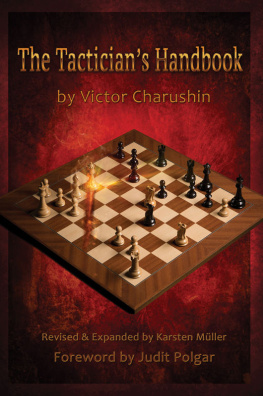

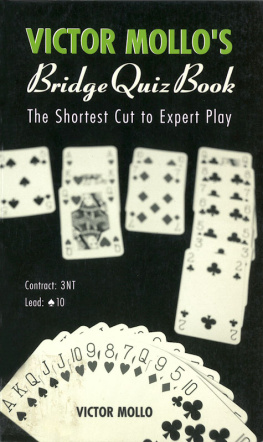
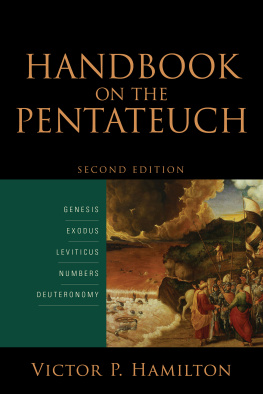
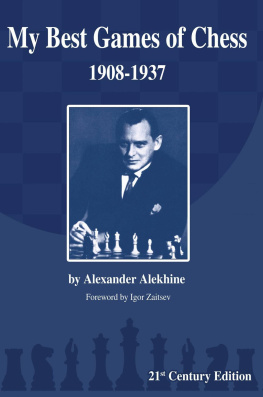
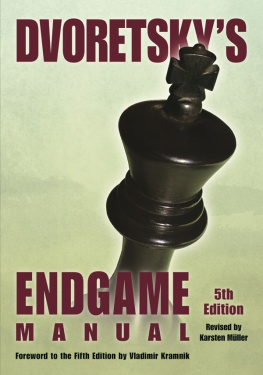
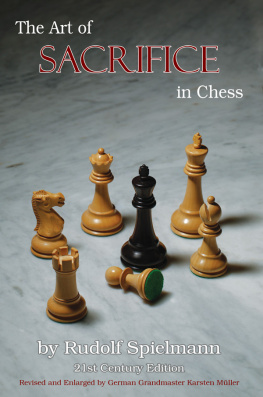
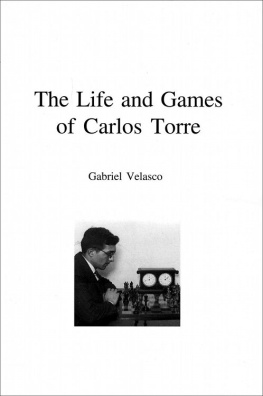

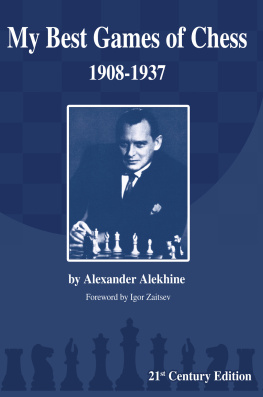
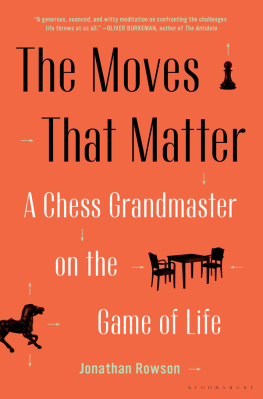
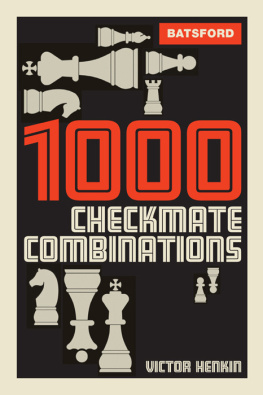
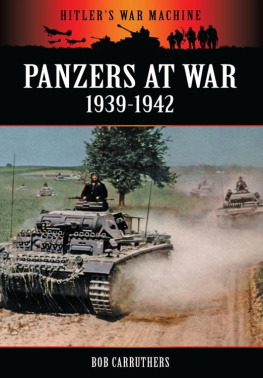
 2016
2016





